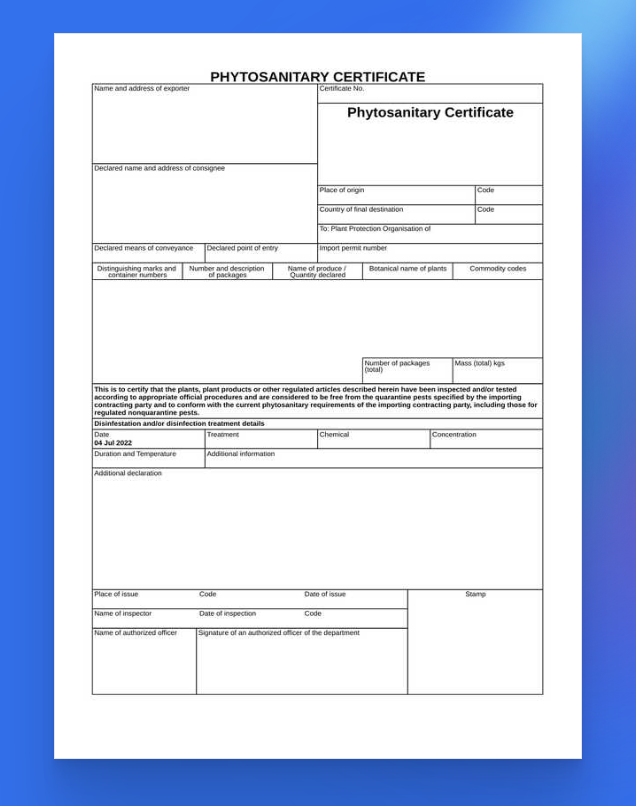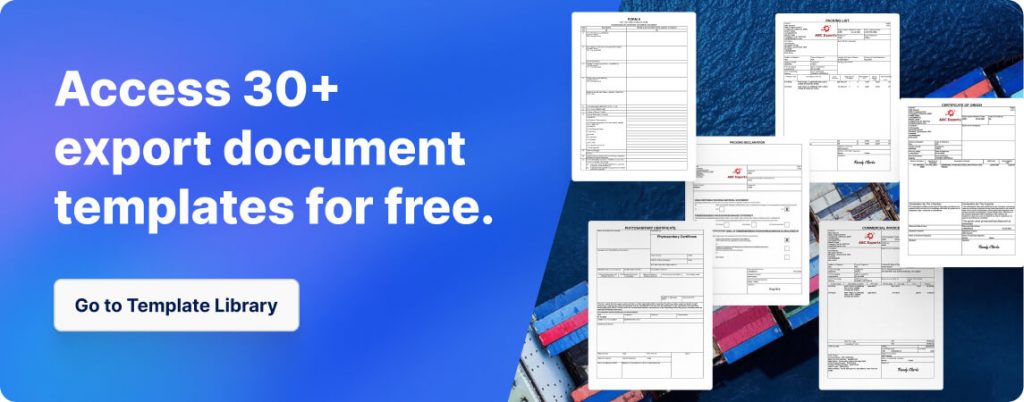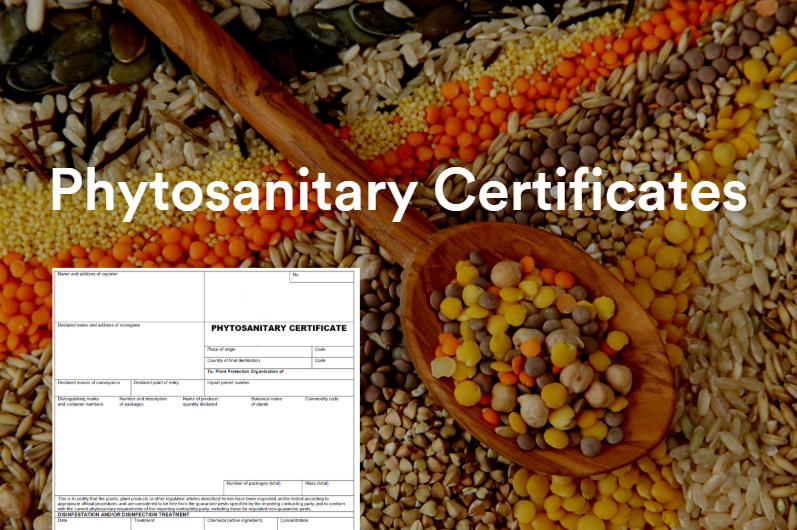A Phytosanitary Certificate is required when exporting plants, plant products or other regulated articles.
What is a Phytosanitary Certificate?
A Phytosanitary Certificate is an official document required when shipping regulated articles such as plants, plant products or other regulated articles. A phyto certificate is an official document that is generated from the exporting country’s Department of horticulture, agriculture, food or water resources. It can only be issued by an authorized officer from a government department that is authorized by a National Plant Protection Agency (NPPO). The agency is in force to protect the threat of spreading pests, contamination or diseases into the country of import.
When is a Phytosanitary Certificate required?
The importer will require a phytosanitary certificate to import regulated articles including commodities such as plants, bulks & tubers or seeds for propagation, fruits & vegetables, cut flowers & branches, grain and growing medium. They may also be required for certain plant products that have been processed and have a potential for introducing regulated pests (examples include cotton or wood).
Sometimes they can also be required to cover contaminated articles such as empty shipping containers, vehicles or other organisms. If the shipper can not provide a phytosanitary certificate to the importer, it’s highly likely that the goods will not be cleared through customs. The goods may be seized and completely destroyed.
How to obtain a Phytosanitary Certificate for export shipments.
The importer of goods requires a phytosanitary certificate to get the products cleared through customs before the shipments arrives into port. The shipper of the goods must contact their country’s relevant department and apply for the certificate. Usually applicants must first be registered with the department before applying for the relevant certificate.
The exporter’s facility may have to be inspected by an authorized officer to ensure that it complies with strict hygiene standards to be eligible for export. Today most government departments require shippers to apply for Health certificates and phyto certificates online. However, in some cases a manual paper document can be submitted for approval.
What information is included in a Phytosanitary Certificate?
A Phytosanitary Certificate will include the below details:
- Shipper’s (Exporter’s) company name, address and contact details
- Consignee’s company name, address and contact details
- Place of origin
- Country of final destination
- Means of conveyance (road, rail, air, sea)
- Declared point of entry
- Import permit number
- Details of products included in the shipment – including shipping marks and container numbers, number and description of packages, product name, quantity, botanical name, commodity code and total mass.
- Company statement, example – “This is to certify that the plants, plant products or other regulated articles described herein have been inspected and/or tested according to appropriate official procedures and are considered to be free from the quarantine pests specified by the importing contracting party and to conform with the current phytosanitary requirements of the importing contracting party, including those for regulated non-quarantine pests.”
- Treatment details including – date, treatment type, chemical, concentration, duration & temperature plus any additional information or declarations
- An authorized officer from the governing authority will sign and stamp the certificate










